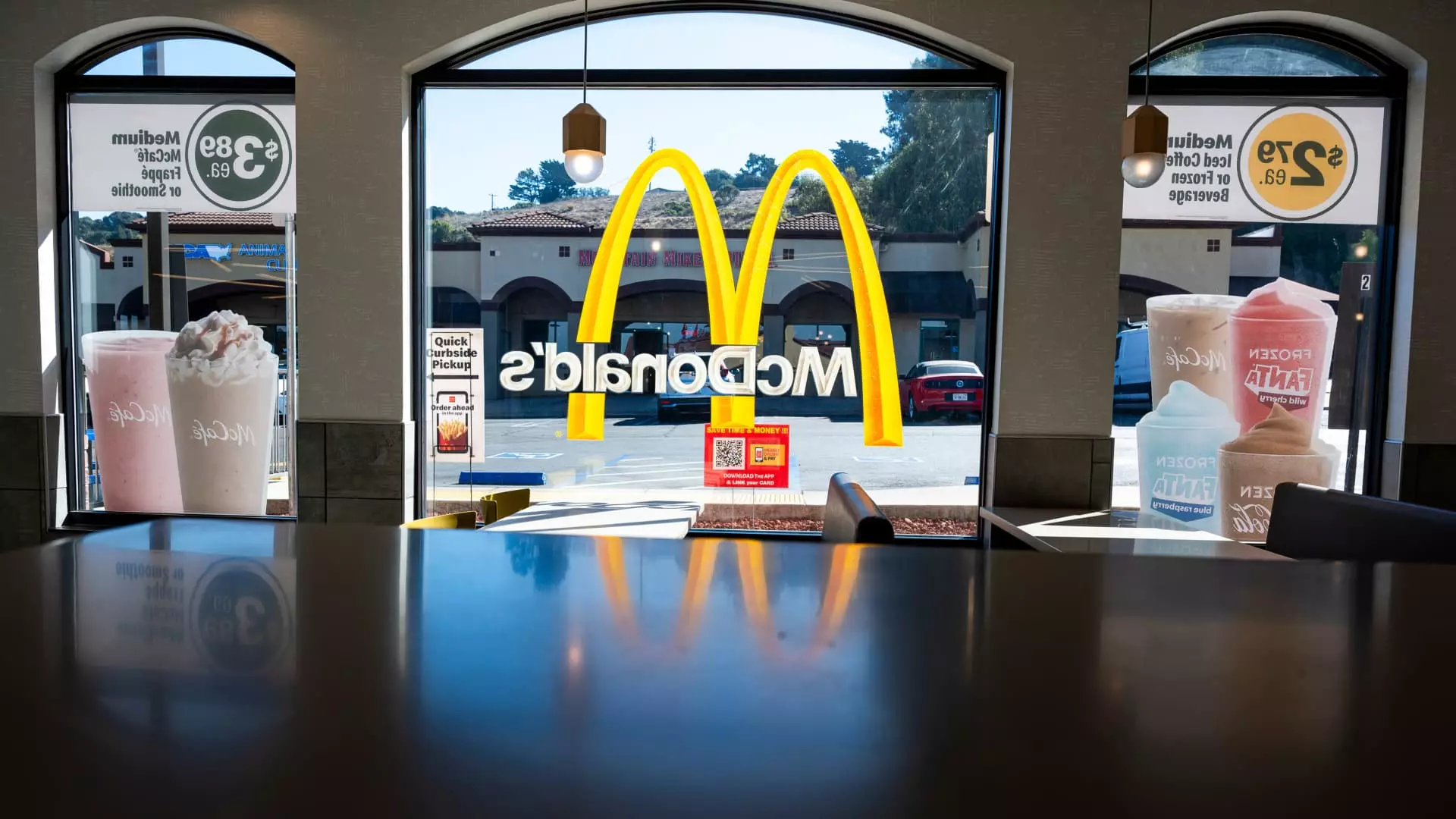The restaurant industry has been on a tumultuous journey, particularly as it looks toward 2025. Initially buoyed by optimistic expectations, the year has begun with considerable challenges, from unpredictable weather patterns to shifts in consumer behavior influenced by economic uncertainties. As industry leaders assess the landscape, several factors will determine whether they can navigate these turbulent waters successfully.
Entering the new year, many restaurant chains anticipated a resurgence in profitability, only to confront a myriad of obstacles. Harsh winter conditions, including freezing temperatures and wildfires, particularly impacted consumer traffic. While noted chains like Burger King and Popeyes reported an uptick in sales during the fourth quarter of the previous year, driven by value-oriented offerings, this progress did not carry over into the new year as hoped. As Wendy’s CFO Kenneth Cook explained during a recent earnings call, the industry faced headwinds, particularly from adverse weather conditions that directly impacted customer turnout.
According to data from Revenue Management Solutions, January saw a modest increase of 3.4% in net sales for fast-food chains compared to the previous year, albeit a drop from December’s more promising 4.9% spike. The trend of declining traffic for breakfast and lunch meals highlighted a cautious consumer sentiment, with many diners seemingly opting to forgo the convenience of dining out in favor of preparing meals at home.
Consumer hesitation seems to be a recurring theme. Subway’s U.S. President Doug Fry succinctly summed it up when he indicated that patrons are waiting to gauge the economy’s trajectory while still prioritizing meal quality, portion sizes, and price value. This reflects a broader consumer psychology that weighs economic stability heavily against dining experiences.
January’s consumer sentiment being at a seven-month low signals a warning for the restaurant industry as inflation continues to create a ripple effect in pricing. The Department of Labor noted a 3.4% rise in away-from-home food prices over the past year, causing consumers to adjust their budgets and dining behaviors accordingly.
Looking ahead, the restaurant industry hopes for significant improvements as conditions change and consumer habits evolve. Analysts anticipate that year-over-year comparisons will ease as the summer months approach, following a broadly negative trend in traffic and sales experienced in 2024. Restaurant Brands CFO Sami Siddiqui mentioned this potential upturn, suggesting that the patterns of the past may work in their favor as consumers start to feel more at ease.
However, navigating these changes won’t be without its hurdles. Companies like Chipotle face pressure from environmental factors such as wildfires, which are projected to hinder their growth significantly. Chipotle’s forecasts predict a flat trajectory for sales in the first quarter, and while there’s optimism for the latter half of the year, the immediate outlook remains strained.
One crucial aspect that could significantly affect restaurant sales is the evolving political landscape, particularly regarding tariffs and trade policies. While major players like Chipotle, Wendy’s, and McDonald’s appear to be downplaying the potential impacts of ongoing trade disputes, consumer concerns regarding price increases may manifest in reduced spending on dining.
As U.S. consumer sentiment fluctuates, the industry remains on high alert. With rising inflation impacting disposable income, restaurant executives must strategize to offer compelling value propositions that resonate with cautious consumers.
Some companies, like McDonald’s, harbor optimistic long-term forecasts, suggesting they may benefit disproportionately from recovering consumer health—especially among lower-income diners. This perspective indicates a potential opportunity, provided economic conditions stabilize.
Contrastingly, Starbucks faces a more challenging road ahead, grappling with consecutive quarterly declines in same-store sales while suspending guidance for the upcoming fiscal year. However, their CFO Rachel Ruggeri expressed a belief in future profitability, hinting at improvements slated for the latter half of the fiscal year despite a rocky start.
The restaurant industry’s roadmap for 2025 is rife with uncertainty, marked by an interplay of consumer sentiments, economic fluctuations, and weather-related challenges. Although sales improvements are anticipated, there is no clear path to recovery. It will require astute strategic planning, value-oriented offerings, and perhaps most importantly, an acute awareness of evolving consumer expectations in an unpredictable landscape.

